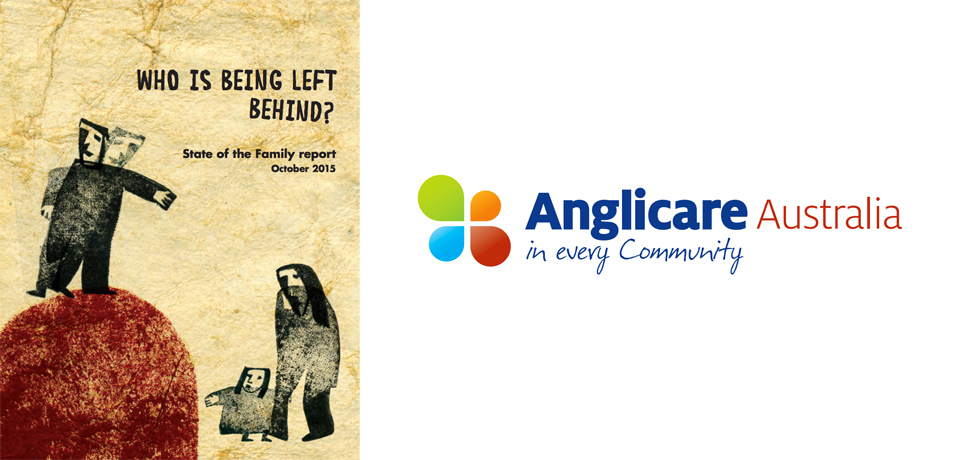Anglicare asks “who’s being left behind”?

Anglicare Australia marked Anti Poverty Week (11-17 October) with the release of a snapshot on living standards in Australia.
The 2015 State of the Family report asks who’s thriving and who is being left behind in Australia’s recent economic boom.
It confirms the growing income gap between Australia’s most wealthy and those relying on Government support, and it takes a closer look at those at most risk, including people with disability.
“If we continue to walk away from the most vulnerable and the most disadvantaged, the poor will simply get poorer and so excluded from our society,” Anglicare Australia Executive Director Kasey Chambers says.
“When we talk about the most disadvantaged, we are talking about people who are deprived on multiple levels – low income, unemployment, food insecurity, ill health and disability, reduced access to services, homelessness, housing insecurity and social discrimination.”
Figures in the report show that
- Australia is on track to deliver a fall in average living standards for 40% of households with the lowest incomes.
- One in four households accessing emergency relief services receive the Disability Support Pension. Of these households, three out of four were receiving incomes of less than $1,000 per fortnight, 15 % experienced some form of homelessness and 41% were experiencing rental stress.
- The unemployment rate for people with disability (9.4%) is almost double the national rate [4.9%] and the gap is widening.
- Between 1993 and 2012 national workforce participation rates declined for people with disability from 54.9 to 52.8% and increased for the general population from 76.9 to 82.5%.
- One fifth of the people with a disability who are not participating in the workforce say their disability is not the reason that they are not participating (ABS, 2012).
Anglicare says it is concerned that current levels of income support are not enough to help people overcome disadvantage because of the high cost of living.
The report uses the stories of hardship and hope experienced by the people Anglicare has helped to show that the right kind of support at the right time can make a huge difference.
“Until we ensure the social contract really does include having enough to live on and having somewhere safe to live, we’ll never get back that idea of a society that includes everybody and benefits us all,” Anglicare’s Director of Advocacy and Research, Sue King, says.
“The stories in Who is being left behind? are about people who are at risk of exclusion. They tell us how personal attention, a safe place or a timely opportunity can provide a path to reconnection; and how easy it is to disappear from view and be left behind if that support is not there.”
The 2015 State of the Family Report is based on research commissioned by Anglicare Australia from the University of Canberra’s National Centre for Social and Economic Modeling.
It compares the living standards of different household types across the country: how they have changed since 2004 and how they are projected to change in the next 10 years. It looks at income quintiles, family types, tenure, age, income source, and state by state.
You can read Anglicare’s media release and download the full report.
